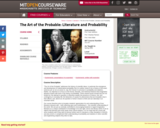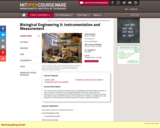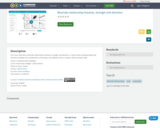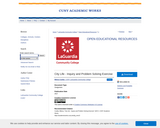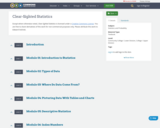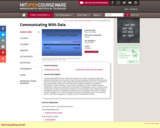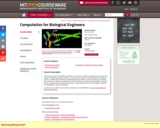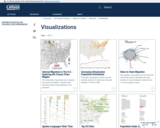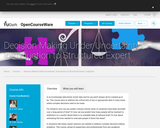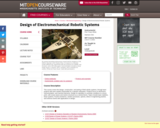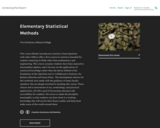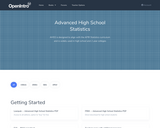
This textbook is part of the OpenIntro Statistics series and offers complete coverage of the high school AP Statistics curriculum. Real data and plenty of inline examples and exercises make this an engaging and readable book. Links to lecture slides, video overviews, calculator tutorials, and video solutions to selected end of chapter exercises make this an ideal choice for any high school or Community College teacher. In fact, Portland Community College recently adopted this textbook for its Introductory Statistics course, and it estimates that this will save their students $250,000 per year. Find out more at: openintro.org/ahss
View our video tutorials here:
openintro.org/casio
openintro.org/TI
- Subject:
- Mathematics
- Statistics and Probability
- Material Type:
- Textbook
- Provider:
- OpenIntro
- Author:
- Christopher Barr
- David Diez
- Leah Dorazio
- Mine Cetinkaya-Rundel
- Date Added:
- 08/13/2020



